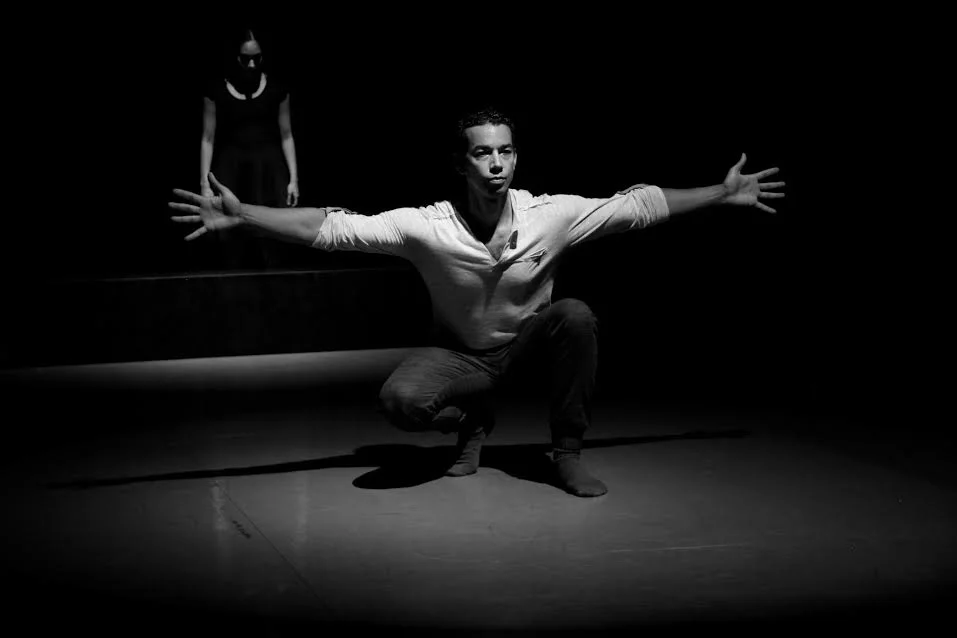I can't know that until I try. That being said, I am also trying to hone in on my own aesthetic. I don't want to become completely transient in my own world of ideas. I truly am looking for a dance rush that's unique to me, something I can build upon. The challenge is making art that is felt as much as it's seen. When I saw Bebe Miller for the first time, I was engaged in several ways at once like a sensory overload... in a good way. This is the kind of reaction I want to create for my audiences.
Seeing Bebe Miller, I realized that I was profoundly lucky to have been sitting in the audience and that the right person was performing in front of me at the right time in my life. I experienced that performance, and the impact of art, in a powerful way.
Simply put, it's like eating that smelly piece of piece of stinky cheese that you thought was truly nasty before, but now you're mature enough to appreciate it and now, suddenly, you can't get enough. There are loads of things we will appreciate over time if we're willing to take a chance, to apply some effort, and to be open.
At the same time, there are things that I guess I will never like or that I will always prefer. This is what is so hard for me as an artist: the act of being decisive and making dance a stimulating, powerful experience.
It feels awkward to look at a lot of my old work, especially the crappy stuff, and think it's probably the same for many artists. But after spending the time to play and explore, and to be open, my work has become much more nuanced and I feel like I can get to new places by creating a dialogue with myself through my work.
Looking back, I realize I was thinking very much about how I should impress my surroundings instead of myself. I didn't really control my own will because I was ensnared in the opinions of others, even if I and they didn't know it. I guess what I'm trying to say is that for me, right now, I am at peace with a more self-focused perspective in my dance making.
This doesn't mean that I am ignoring the fact that an audience will look at my choreography and have an experience. It means that I don't mind taking myself and the audience somewhere we might not have expected to go.
Hopefully it's worth it.




































